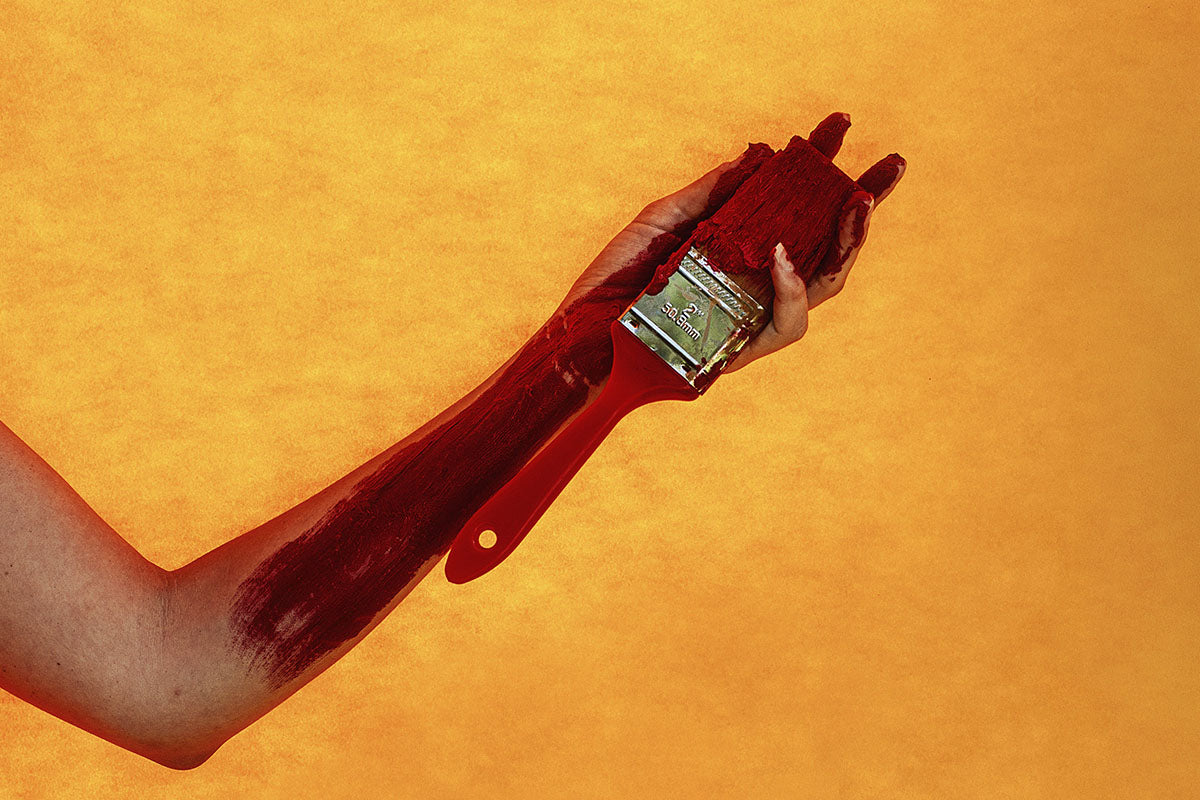
The colors of wabi-sabi? What are the elements of color?
Wabi-sabi, a Japanese aesthetic philosophy, embraces the beauty of imperfection, impermanence, and simplicity. When it comes to color in wabi-sabi, what are the key elements that define this unique style?
Subtle and Earthy Tones
In wabi-sabi, colors are often muted, understated, and inspired by nature. Think of soft greens, earthy browns, and gentle grays. These hues evoke a sense of calmness and harmony, reflecting the simplicity and authenticity valued in wabi-sabi.
Patina and Aging
Another important aspect of color in wabi-sabi is the concept of patina and aging. Colors that have faded over time, showcasing wear and tear, are celebrated in wabi-sabi. This adds depth and character to objects, highlighting their history and journey.
Contrast and Balance
While wabi-sabi embraces simplicity, it also values the interplay of contrasting elements. In terms of color, this can manifest as a balance between light and dark shades, creating a dynamic visual impact. The harmony between different colors is essential in achieving the wabi-sabi aesthetic.
Natural and Organic Hues
Colors in wabi-sabi are often derived from natural sources such as plants, minerals, and earth. These organic hues connect the objects to the natural world, grounding them in the beauty of the environment. The authenticity of these colors adds a sense of purity and tranquility to the overall design.
Understanding the elements of color in wabi-sabi can help you appreciate the subtle beauty and timeless appeal of this aesthetic. By incorporating these principles into your own space, you can create a sense of serenity and authenticity that resonates with the essence of wabi-sabi.




Leave a comment
This site is protected by hCaptcha and the hCaptcha Privacy Policy and Terms of Service apply.